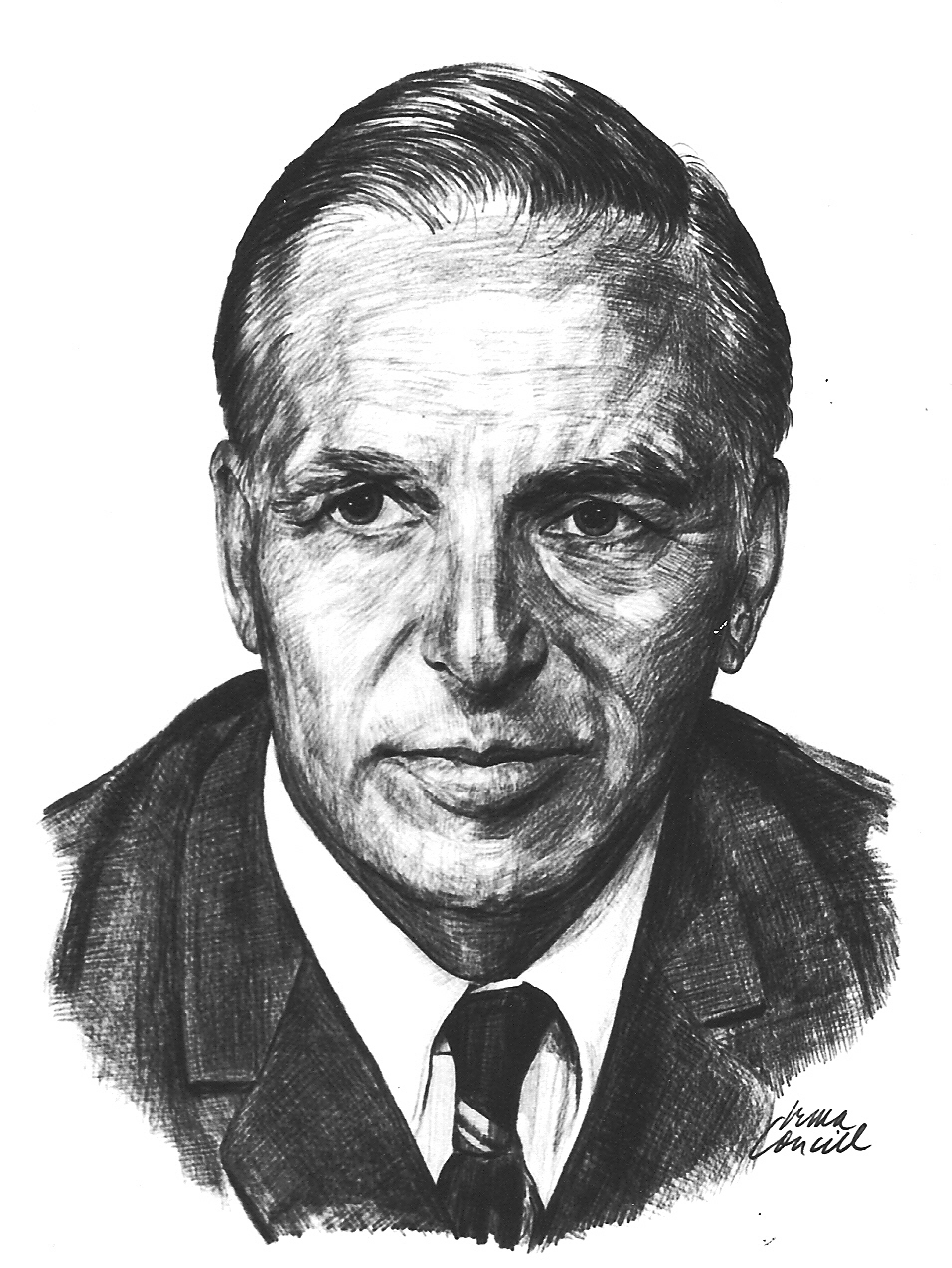Herbert Walter Seagrim

Nickname: Herb
Birth Date: August 25, 1912
Birthplace: Winnipeg, Manitoba
Death Date: November 13, 1998
Year Inducted: 1974
Awards: CM; FCASI; FRAS
His application of aviation expertise, despite adversity, was in great measure responsible for making Air Canada's safety record the envy of world airlines
Determined To Fly
Herbert Walter 'Herb' Seagrim, C.M., was born in Winnipeg, Manitoba, on August 25, 1912, where he was educated. He learned to fly at the Winnipeg Flying Club in 1931, and the following year was employed there as a part-time mechanic. To increase his flying experience, he worked extra jobs in exchange for airtime, and barnstormed throughout the prairie provinces.
Herb was so determined to fly that he arranged a deal with the Winnipeg Flying Club to work a whole day as a mechanic's helper in return for 15 minutes of flying time.
In 1933 he earned an Air Engineer's Licence and joined Konnie Johannesson's Flying Service in Winnipeg as a mechanic and relief pilot. In partial payment for his services, he accepted advanced instruction in aerobatics. The next year he was hired as a pilot by Wings Limited, operated by F. Roy Brown and Jack Moar at their Lac du Bonnet, Manitoba, air base and until late 1937, flew bush aircraft throughout northern Ontario, Manitoba and Saskatchewan.
Training
When Trans-Canada Airlines was formed in 1937, he and Lindy Rood joined the firm as pilots on the same day. All the newly hired pilots took extensive training in Lockheed 10A aircraft during which, for the first year before carrying passengers, all phases of flying were conducted 'under the hood', using instruments. This was practiced until instrument flight became second nature and visual reference to the ground a mere distraction.
The Mail Flight
Seagrim captained the inaugural westbound mail flight from Winnipeg to Regina, Saskatchewan, in 1938. With several other pilots he pioneered the Rocky Mountain route between Lethbridge, Alberta, and Vancouver, British Columbia. In 1942, in addition to operating his regularly scheduled TCA flights, he was engaged as a test pilot with the Boeing Commercial Airplane Company at their Vancouver overhaul plant.
Promotions
In 1943, in recognition of his management abilities, coupled with his excellent piloting record, Seagrim was promoted to Chief Pilot of the Western Region. Based at Lethbridge, his job consisted mainly of flight instruction to meet the demands of the rapidly expanding airline. The following year he was returned to Winnipeg as Assistant Superintendent of Flight Operations, an assignment which included the duties of Chief Flying Instructor. That same year he was appointed Superintendent of Flight Operations, a title later changed to Director of Operations.
Instructional Procedures
The airline had changed in seven years from a fledgling air service into a far-ranging, dependable national airline. To further improve the company's efficiency, and to maintain its superior safety record, Seagrim was assigned to write the basic flight and instructional procedures, many of which have remained in the manuals. As captain of a Canadair "North Star" aircraft in 1948, he flew the Vancouver, British Columbia, to Montreal, Quebec, route in six hours and fifty-two minutes to establish a new speed record.
Line Pilot Training
When TCA's headquarters were moved to Montreal in 1949, Seagrim was appointed General Manager of Operations in charge of flying, tele-communications, passenger service, maintenance, engineering and stations. His success in that position led to a promotion to Vice-President of Operations in 1956, and Senior Vice-President of Operations in 1962. During these years he was largely responsible for TCA's selection of Douglas DC-8 and DC-9 jet aircraft. He underwent line pilot training on both of these aircraft and flew the first DC-8 transcontinental flight for TCA in 1960, and the first DC-9 transcontinental flight in 1966. In 1965 the company name was changed to Air Canada.
The responsibility for all the line departments was given him that year when he was promoted to Executive Vice-President for the airline. In 1969 he became First Vice-President. He took early retirement in 1970. He died in Montreal on November 13, 1998.
Seagrim was made a Member of the Order of Canada (C.M.) in 1987 for his contributions to building and administering Air Canada. He was a Fellow of the Canadian Aeronautics and Space Institute (CASI) and the Royal Aeronautical Society.
Herbert Walter (Herb) Seagrim was inducted as a Member of Canada's Aviation Hall of Fame in 1974 at a ceremony held in Edmonton, Alberta.
To return to the Inductee Page, please click here.
